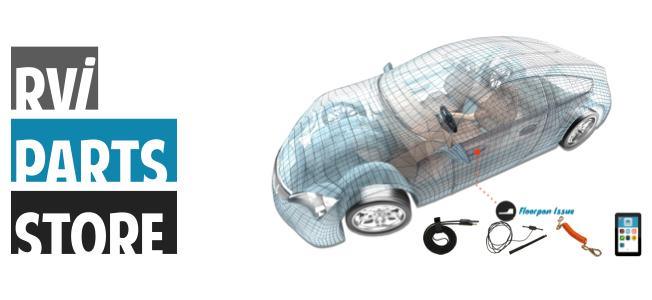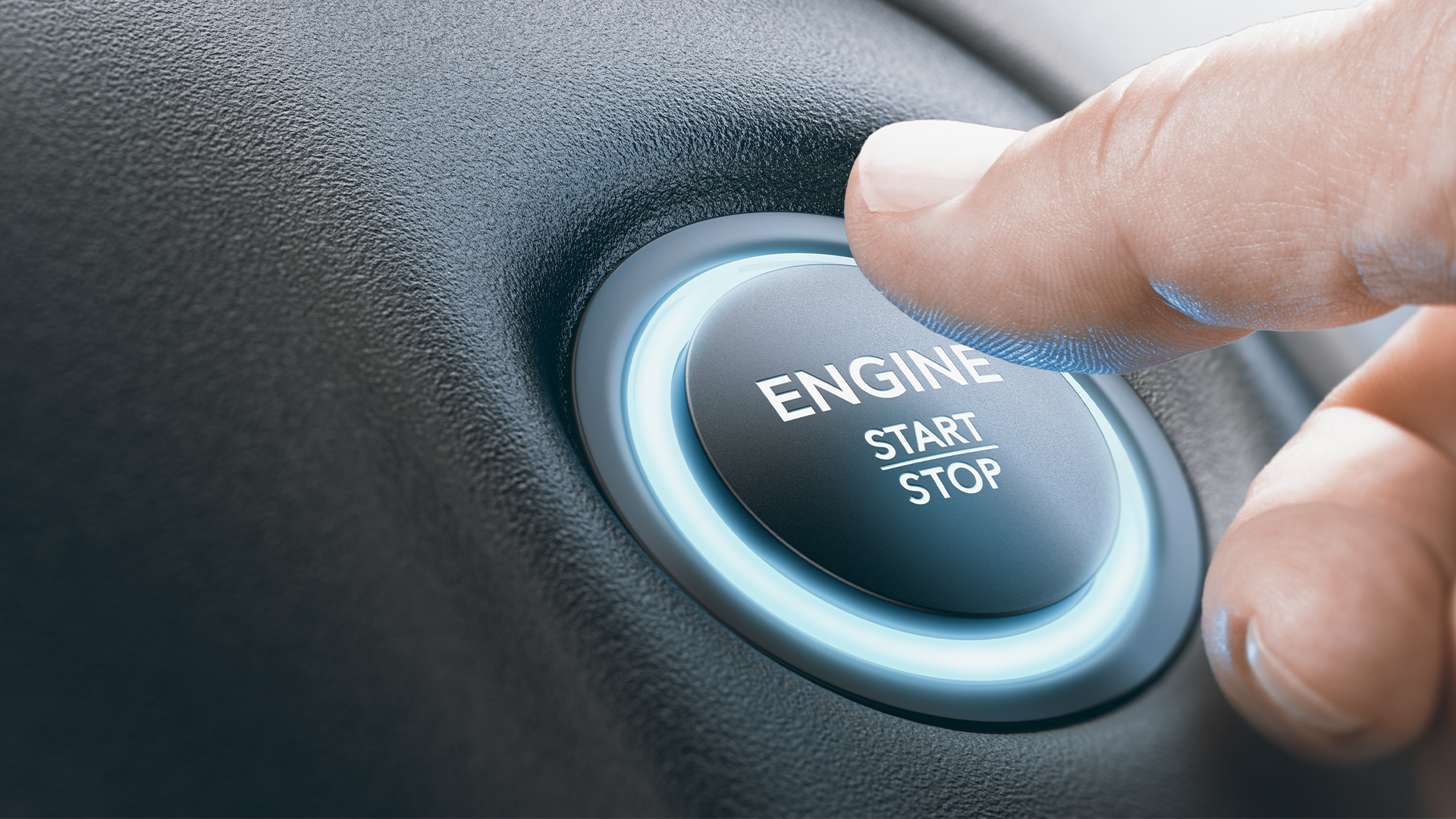Let's face it: Flat towing has definitely gotten harder over the years.
A lot of that can be attributed to the ever-growing complexity of cars. What was once a two or three step process to get your vehicle into its flat-tow mode can now sometimes be a sprawling 10+ step process.
One specific aspect of that process to pay attention to is your key position. Our Customer Service Champions actually get questions on this topic a lot - and it's totally understandable. There is no one-size-fits-all answer here. Let's take a look at some guidance that will help you understand what to do before hitting the open road.
Should My Key Be 'Off' or on 'Acc'?
The answer: It depends!
The more complete answer would be to do whatever is specified in the Owner's Manual of your vehicle. Below, we'll take a look at a couple examples of this.
💡 PRO TIP: If your vehicle is flat-towable, it will have a 'Recreational Towing' section with info on how to set your vehicle up to tow. The easiest way to find this is to go to the Index of your manual and look under 'Towing', then find either 'Recreational Towing' or 'Towing Your Vehicle'. If you no longer have your Owner's Manual, try looking online. Most manuals can be found in a .PDF form!
This first image is taken from the online version of the Owner's Manual for the 2024 Jeep Wrangler. You can see that Step 10 has us turning the engine off before towing.

We can also see this being the case in the 2024 Ford Escape Hybrid. Step 8 has us turning the vehicle off:

However, if we take a look at a different vehicle (in this case, the 2017 Chevy Traverse), we can see that this instruction isn't consistent. In this case, Chevy wants us to have the key in the 'ACC' position (Step 4) in order to tow the vehicle:

These nuances can be very important - in fact, if you were to tow any of these vehicles with their keys in an improper position, you can actually damage or destroy your vehicle's internal components. This just serves to highlight how critical following your Owner's Manual is when it comes to these sorts of functions. Always treat the information in your Owner's Manual as correct - no matter what any outside company (including us), mechanic, or friend says. If what someone says conflicts with information in your Owner's Manual, always, always, always go with the info in your Manual.
You'll also want to pay close attention to the full list of instructions in the Recreational Towing section. There are many cases (as with both the Escape and Traverse screenshots above) where the Owner's Manual may have you start the flat towing setup in one key position before switching to a final key position near the end of the process.
What About Vehicles With a Keyless Ignition?
Great question!
The general principle is still the same: Follow the process in your Owner's Manual. In most modern vehicles, these instructions are actually written with a key fob in mind. Let's take another look at the instructions for the Ford Escape Hybrid:

As you can see from the third 'NOTE' down, these instructions are actually written with the keyless ignition in mind. The note tells those who aren't using the keyless aspect of the car that they won't be able to remove their key with the vehicle in the flat tow mode.
In either case, if there is both a keyed and a keyless version of the same car, you'll usually find a blurb in the Owner's Manual similar to this, detailing any differences between the two.
Conclusion
Technology evolves at a rapid pace - and vehicles are no exception to that rule. As things continue to progress, it's likely that the flat-towing process will only continue to become more complex. The good news is that, armed with your Owner's Manual, you'll be able to keep up with that complexity and make sure that you're always towing your vehicle the correct way.
And, of course, if you ever have any questions, we're here to help! Reach out via phone, chat, or email, and our Customer Service Champions will be happy to assist.
Happy RVing!







Leave a comment